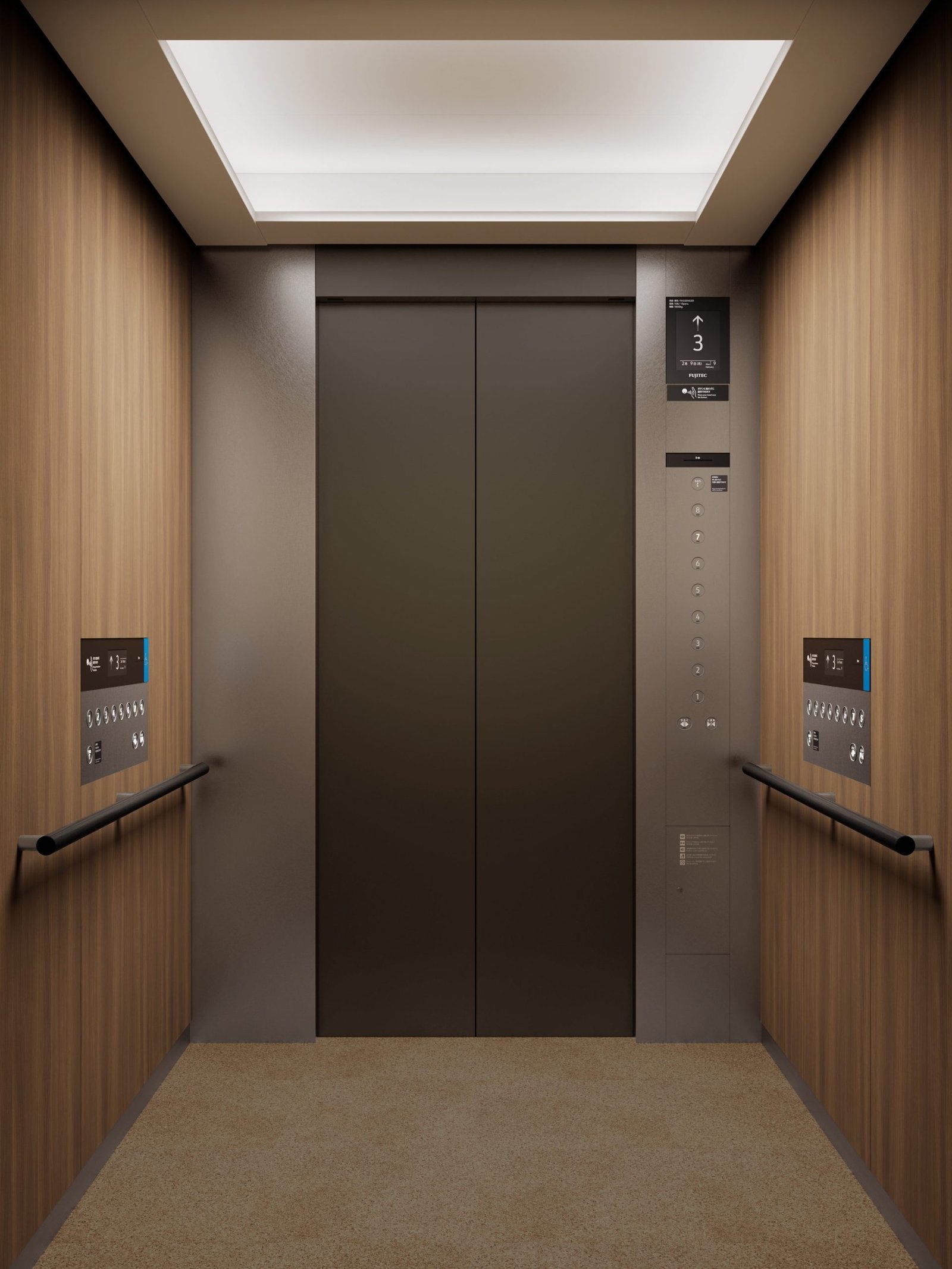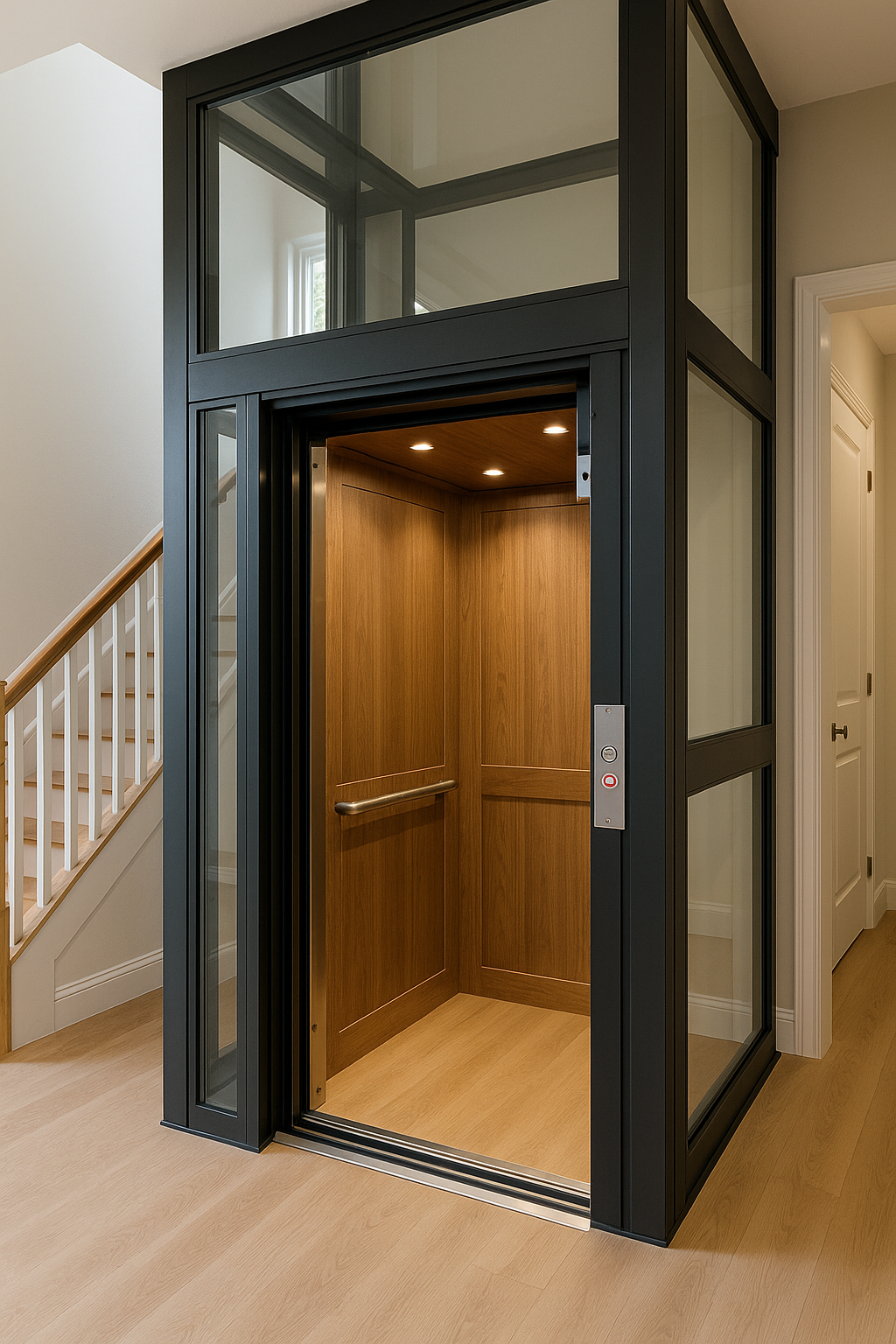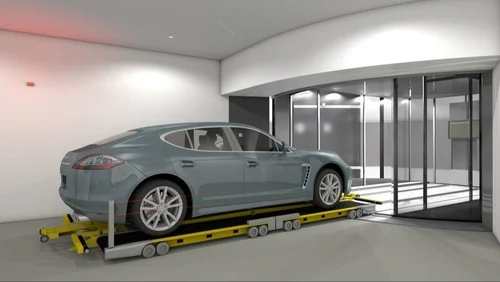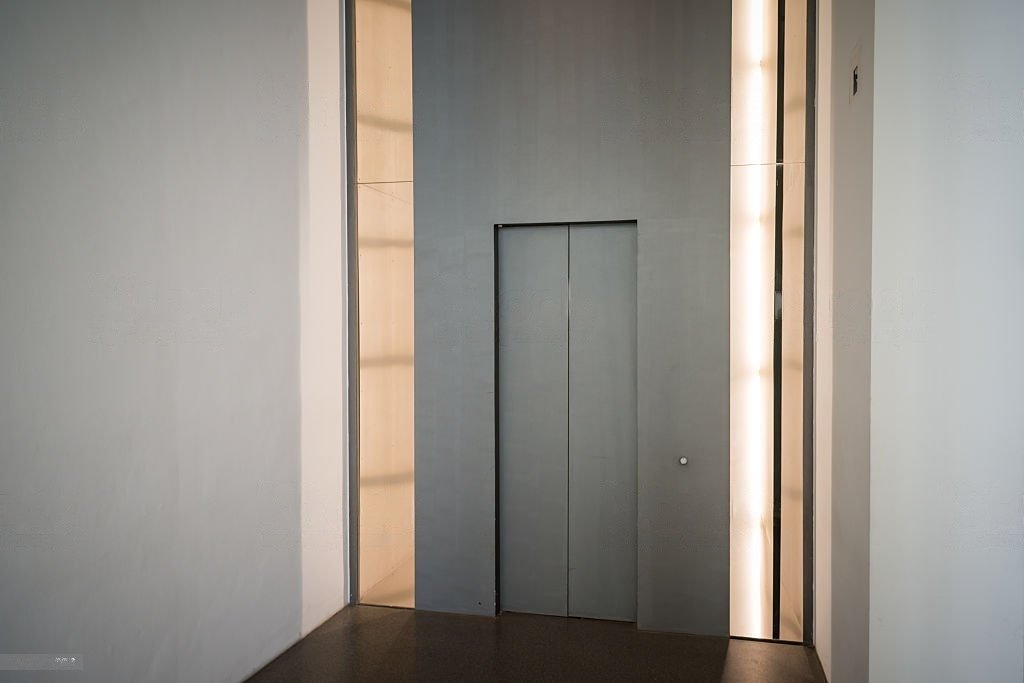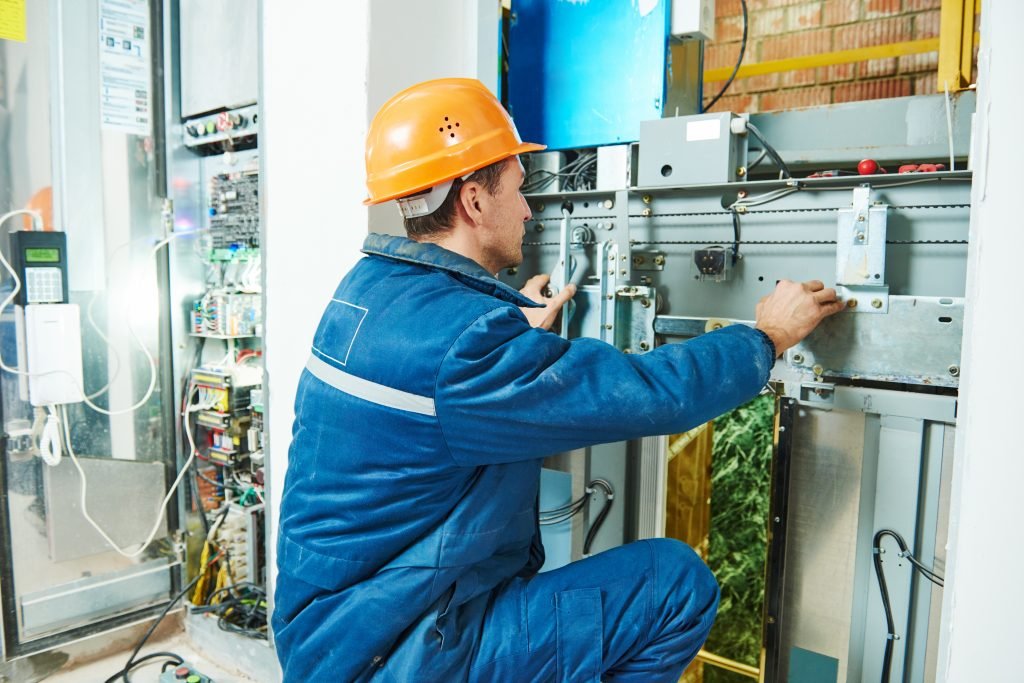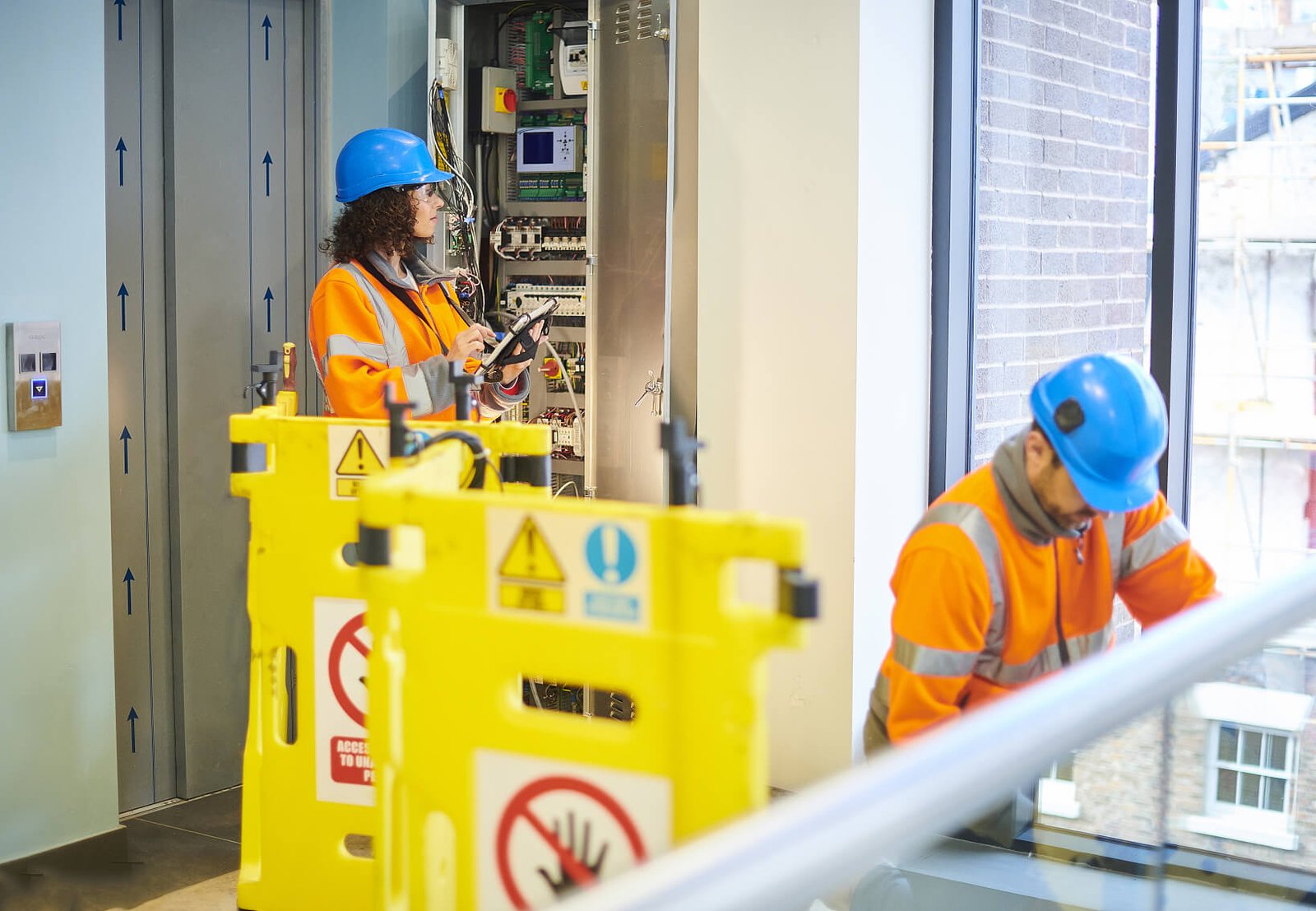In today’s fast-moving industrial and commercial world, the seamless movement of heavy goods and bulk materials is critical for efficiency. This is where cargo lifts, also known as goods elevators, play an essential role. Unlike passenger lifts that focus on comfort and aesthetics, cargo elevators are engineered for strength, durability, and load-handling capacity.
At Logolift, we specialize in designing, manufacturing, and installing customized cargo lifts that are tailored to the unique needs of factories, warehouses, malls, hotels, hospitals, and other businesses. With years of expertise and modern engineering practices, we provide solutions that ensure safety, reliability, and performance, making us a trusted name in the elevator industry.
What is a Cargo Lift (Goods Elevator)?
A cargo lift is a specially designed Elevator used for transporting heavy goods, raw materials, machinery, or equipment between different floors of a building. These elevators are built with rugged construction, high-capacity motors, and robust safety systems to handle loads that range from a few hundred kilograms to several tons.
Unlike passenger lifts, where aesthetics and speed are priorities, cargo elevators emphasize:
- Load capacity – Supporting heavy weights safely.
- Durability – Withstanding continuous use in demanding environments.
- Utility – Designed with wide doors, durable flooring, and easy loading/unloading options.
Capacity and Primary Uses of Cargo Lifts
Cargo lifts are the unsung heroes of vertical transportation. Their capacity and use depend on the specific requirements of an industry.
- Capacity Range: From 500 kg to over 5000 kg (5 tons), depending on the application.
- Speed: Generally slower than passenger lifts (ranging from 0.25 m/s to 1.0 m/s), since safety and load stability are more important than rapid travel.
Applications:
- Warehouses & Factories – For transporting raw materials, pallets, or machinery.
- Shopping Malls & Retail Stores – To move bulk goods, stock, and supplies.
- Hospitals – Carrying medical equipment, laundry, and supplies between floors.
- Hotels & Restaurants – Moving bulk kitchen supplies or heavy equipment.
- Airports & Stations – Assisting with heavy luggage handling.
- Construction Sites – For transporting building materials and tools.
By installing a Logolift Goods elevator, businesses can save time, reduce manpower costs, and ensure workplace safety.
Key Features of Logolift Cargo Elevators
At Logolift, we believe that every cargo lift should be designed with efficiency, safety, and durability in mind. Here are some of the core features:
Heavy-Duty Load Capacity
- Built to carry loads from 500 kg up to several tons.
- Designed with reinforced cabins and advanced traction/hydraulic systems.
Durable Cabin & Flooring
- Strong steel structures and anti-slip flooring.
- Resistant to wear and tear from trolleys, pallets, or forklifts.
Customizable Sizes & Designs
- Cabin dimensions and load capacities tailored to client needs.
- Door sizes and entry options designed for smooth loading and unloading.
Efficient Speed & Performance
- Optimized for stable and smooth movement.
- Balanced between speed and safety to ensure steady operation.
Safety Systems
- Emergency brakes, overload sensors, and interlocking doors.
- Advanced control systems to prevent accidents or misuse.
Low Maintenance & Long Life
- Built using quality materials and components.
- Easy service access and long operational lifespan.
Energy Efficiency
- Latest technology to reduce energy consumption.
- Option for regenerative drives in advanced models.
Types of Cargo Elevators Offered by Logolift
We design and install different types of cargo lifts based on the space available, the type of building, and the required usage.
- Hydraulic Cargo Lifts – Ideal for low to medium-rise buildings, known for high load capacity.
- Traction Cargo Lifts – Suitable for taller buildings with smoother operations.
- Platform Lifts – For industrial use where loading with trolleys and forklifts is common.
- Custom Goods Lifts – Tailored solutions for unique requirements, whether it’s cabin size, capacity, or door design.
Why Choose Logolift for Your Cargo Elevator?
When it comes to heavy-duty vertical transportation, quality, safety, and customization matter. Here’s why Logolift is the preferred choice for businesses across India:
- Custom Built Solutions – Every lift is manufactured to match your building’s structure and operational requirements.
- Expert Installation – Our skilled team ensures flawless installation with minimal downtime.
- Advanced Engineering – We use the latest design and safety standards for reliability.
- After-Sales Support – Dedicated service and maintenance team for ongoing support.
- Modernization Options – Upgrade old cargo lifts with advanced features for better performance.
Where Can You Use Cargo Elevators?
Cargo lifts are versatile and can be installed in:
- Industrial Units – For heavy raw materials and machinery.
- Commercial Complexes – To move bulk goods easily.
- Hospitals & Institutions – To carry essential equipment safely.
- Residential Buildings – For moving furniture, goods, and bulk items.
- Logistics & Storage Facilities – For faster and safer goods transfer.
No matter the industry, Logolift delivers reliable solutions that meet your operational needs.
Modernization and Customization with Logolift

If you already have an older goods elevator, Logolift can Modernize Elevator it with advanced features such as:
- Automatic doors for easier loading.
- Energy-efficient drives to reduce power consumption.
- Digital control panels for better monitoring.
- Upgraded safety systems for enhanced protection.
We understand that every client’s requirement is unique, which is why our team focuses on designing elevators that are modern, efficient, and tailored to your business needs.
Contact Logolift – Your Trusted Cargo Elevator Partner
When it comes to cargo elevators, choosing the right partner makes all the difference. At Logolift, we are committed to providing high-quality, customized, and reliable goods elevators across India.
Located: (Gujarat), Surat, Ahmedabad, Navsari, Ankleshwar, Bharuch, Rajkot, Kanpur, UP, Noida, Bangalore, Mumbai, Pune, Chennai.
we are located in based on Canada
Contact: +9199740 53532
Email: logolifts@jiyapatel7096gmail-com
Website: http://192.168.1.209/logolift/
Our team of experts is ready to assist you with consultation, design, manufacturing, and installation of your cargo lift. Whether you need a new elevator or want to upgrade an existing one, Logolift is your trusted partner in vertical transportation. Moreover, our solutions are designed to combine safety, efficiency, and innovation, so you can rely on us for every step of your elevator journey.
In addition, we offer customized designs and advanced technology, which makes us the perfect choice for both residential and commercial projects.
What say Logolift About Cargo Lifts may not always be in the spotlight like passenger elevators, but they are the backbone of industries and businesses. They ensure that goods move safely, efficiently, and reliably—saving time, cost, and effort.
With Logolift expertise in Custom manufacturing, installation, and modernization, you can be assured of a cargo elevator that meets your exact needs. From small-scale businesses to large industrial plants, our solutions are designed to add strength, reliability, and modern technology to your operations.
more elevator types are: Car Elevators by Logolift: Smart Space-Saving Solutions for Modern India
At Logolift, we don’t just manufacture elevators—we create long-term solutions for your business success.

